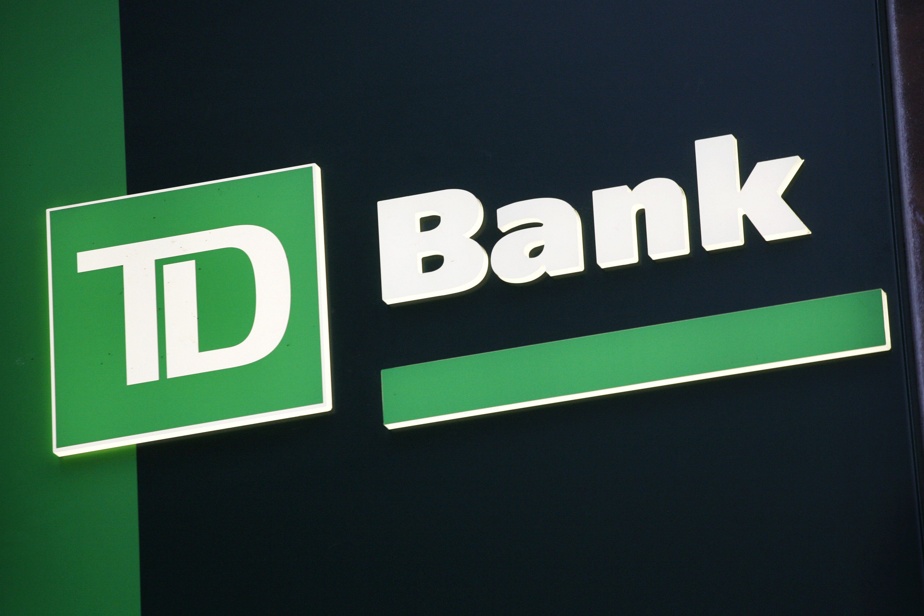The second largest bank in Canada and sixth largest in North America by assets, the Toronto-Dominion Bank (TD) is grappling with investigations and serious allegations of money laundering at its branches in the United States. If proven, these allegations could land him colossal penalties, potentially up to $4 billion, in addition to considerable damage to his reputation.
What investigations? What allegations?
For several months, the Toronto-Dominion Bank (TD) has been the subject of investigations by the US departments of Justice and Treasury, as well as by banking regulators at the federal level and in some states for illicit money laundering transactions. of money which would have occurred in some of its numerous branches in the United States.
Among other things, a former employee of a TD branch in Florida allegedly took a series of US$200 bribes to help customers transfer millions of dollars to Colombia by bypassing anti-money laundering mechanisms. silver.
Furthermore, in New Jersey, judicial authorities have so far reported four investigation files into “serious misconduct” on the part of employees of TD branches located in the states of New York, New Jersey and Florida.
In one of these cases, according to the Wall Street JournalTD branches in the United States may have been used to launder money from drug trafficking with illicit transactions totaling some US$650 million.
And in Canada?
TD Bank is also in the crosshairs of banking police in Canada. In May, the Toronto daily The Globe and Mail reported that banking regulators had ordered TD to address its deficiencies in controlling the risks of illicit funds transactions.
Among other things, during a recent assessment, the federal Office of the Superintendent of Financial Institutions (OSFI) reportedly identified deficiencies in TD Bank’s regulatory compliance management program in the fight against money laundering.
A few weeks earlier, Canada’s financial crimes watchdog, the Financial Transactions and Reports Analysis Center (FINTRAC), had imposed sanctions on TD Bank totaling nearly $9.2 million, the highest amount in today from FINTRAC.
TD was sanctioned after a compliance review by the agency revealed “deficiencies” in its measures to control and counter illicit money laundering transactions.
Furthermore, you should know that these allegations of banking embezzlement at TD in the United States and Canada were revealed after the bank declared on April 30 that it was setting aside an initial provision of CAN 450 million to make facing expected “regulatory fines” in the United States.
Billionaire sanctions? Really ?
Estimates of the costs of sanctions and fines to which TD would be exposed in the United States have multiplied among banking and stock analysts in recent weeks, amid allegations of money laundering.
Initial estimates from two months ago ranged between US$600 million and US$1 billion.
Then, banking sector analysts from firms like ScotiaBank Global Markets, in Toronto, and National Bank Financial, in Montreal, raised their estimates to around US2 billion.
At RBC Capital Markets, a division of Royal Bank, banking analyst Darko Mihelic went further with a “bad scenario” for TD that could result in sanctions approaching US$3 billion, in addition to a cap assets in its American operations for five years.
Last week, banking analysts at New York-based Jefferies Financial Group attracted the attention of the financial media with their new estimate of around US$4 billion for the total amount of possible sanctions against TD in the United States. United.
If such sanctions were to be confirmed, analysts at Jefferies Financial also warned, this could “potentially erode all current excess capital” in TD Bank’s financial balance sheet.
Moreover, the financial rating agency Fitch announced this week that it had lowered its outlook on TD Bank “from stable to negative” due to the potential fallout from the bank’s deficiencies in the fight against money laundering.
What do shareholders think?
Although TD President and CEO Bharat Masrani called the bank’s situation in the United States “unacceptable” and wanted to reach a resolution “as soon as possible” with American authorities. , these investigations and these allegations of money laundering had very negative echoes on the stock market for the bank’s shareholders.

This is also what prompted some of them to join forces to file a request for class action against the TD Bank in the Superior Court of Ontario these days.
The petition led by Toronto law firm Sotos LLP was filed on behalf of investors who purchased TD shares between August 26, 2021 and June 3, 2024.
The motion alleges that the bank misrepresented systematic deficiencies in its anti-money laundering controls, and that these deficiencies could seriously affect its significant banking operations in the United States.
The class action petition also alleges that following the first disclosure of these deficiencies by the bank on April 30, as well as other “material disclosures” in financial media such as Wall Street Journal and Bloomberg News, “the bank’s stock price has fallen significantly, prompting remedial action” against TD Bank shareholders.
Toronto Dominion Bank (TD) by the numbers
- Head office: Toronto
- Annualized business revenue (as of April 29): 45.05 billion (+1.5% year-on-year)
- Annualized net profit (as of April 29): 10.6 billion (-22%)
- Total assets (as of April 29): 1966 billion (+2%)
- Workforce (as of Oct. 31, 2023): 103,257 employees (full tax equivalent)
- Market capitalization (as of June 7): 135.5 billion
- Share value on the stock market (as of June 7): $76.45 (-10% so far in 2024)
Values are expressed in Canadian dollars.
Sources: Refinitiv, Toronto Stock Exchange, TD Bank
